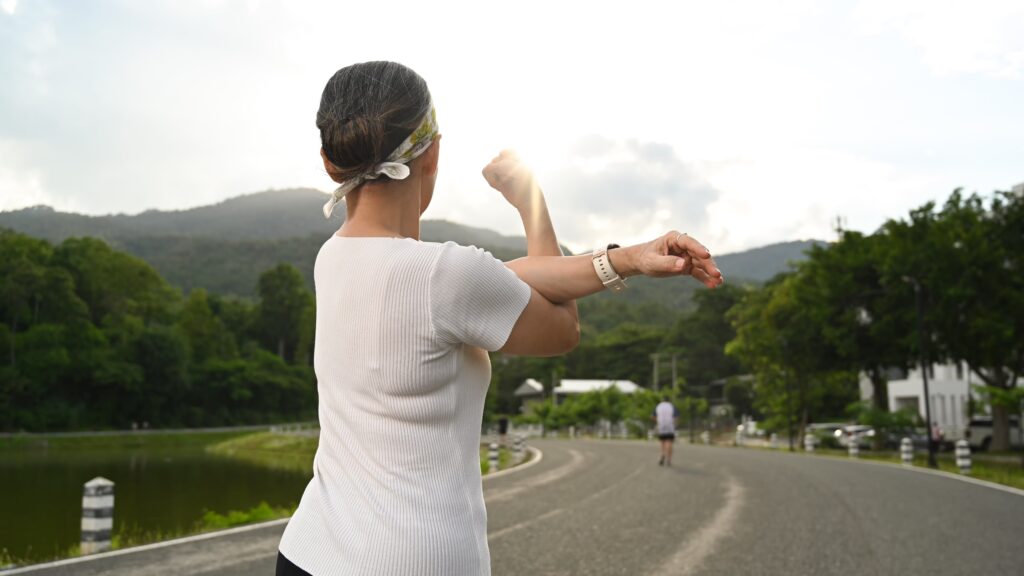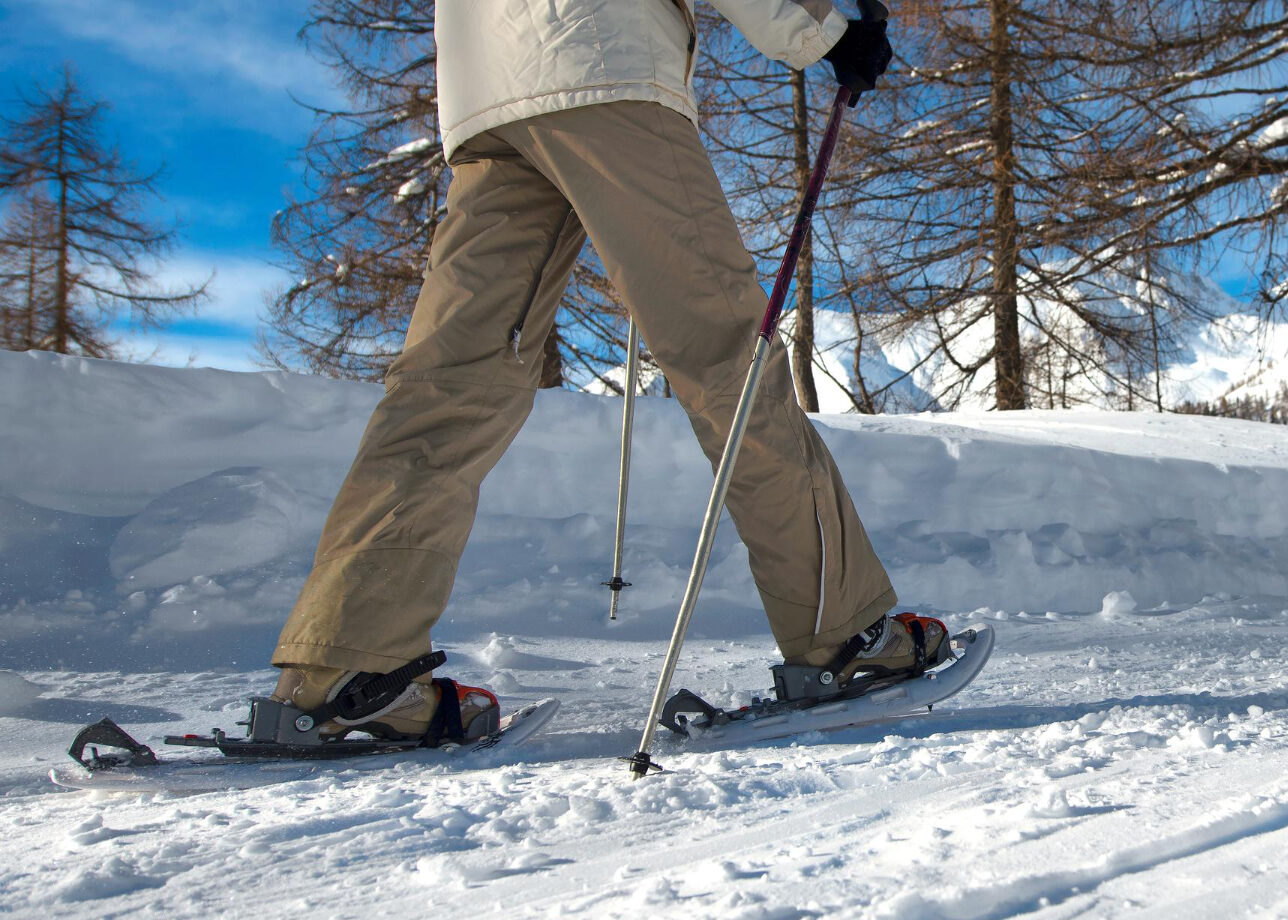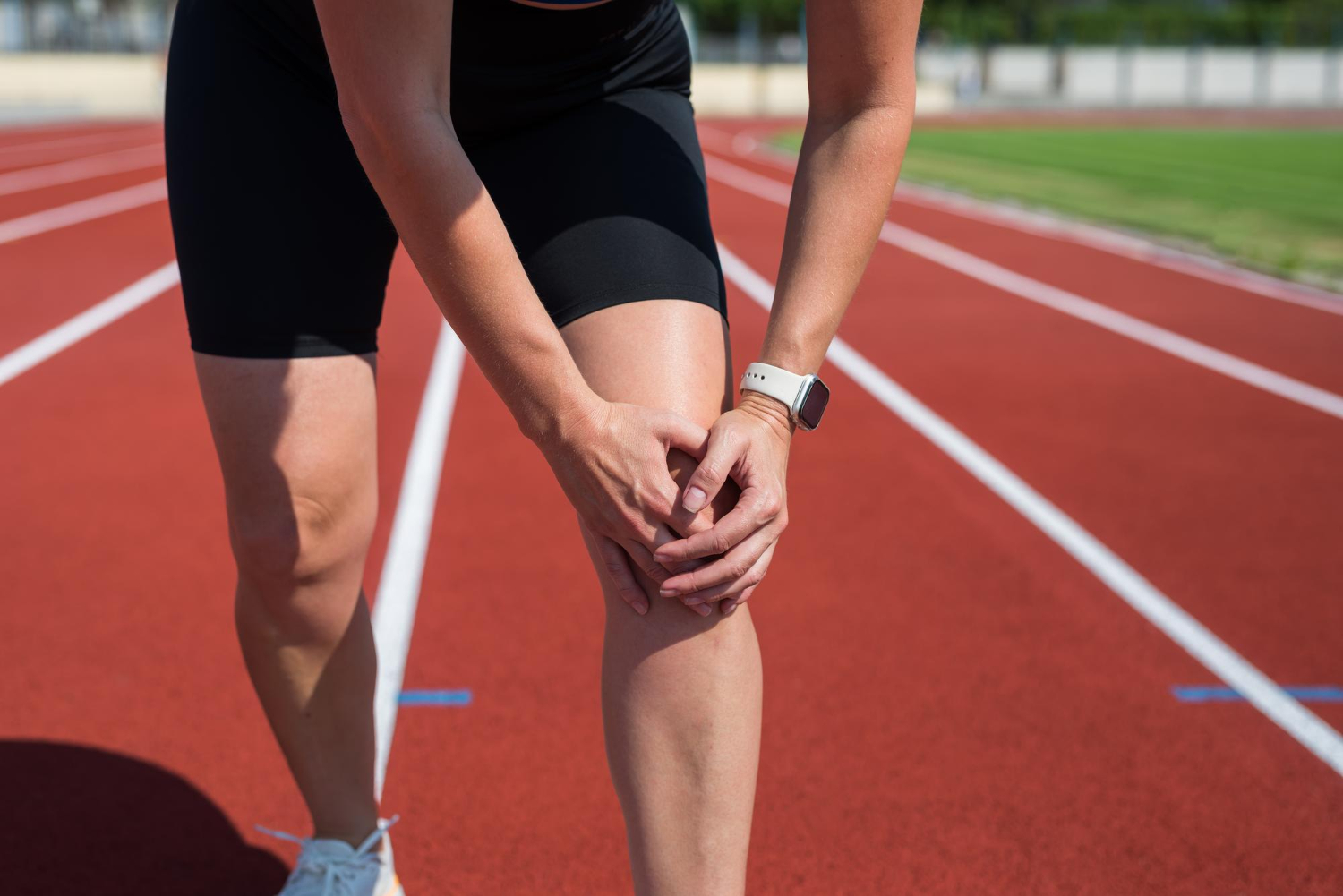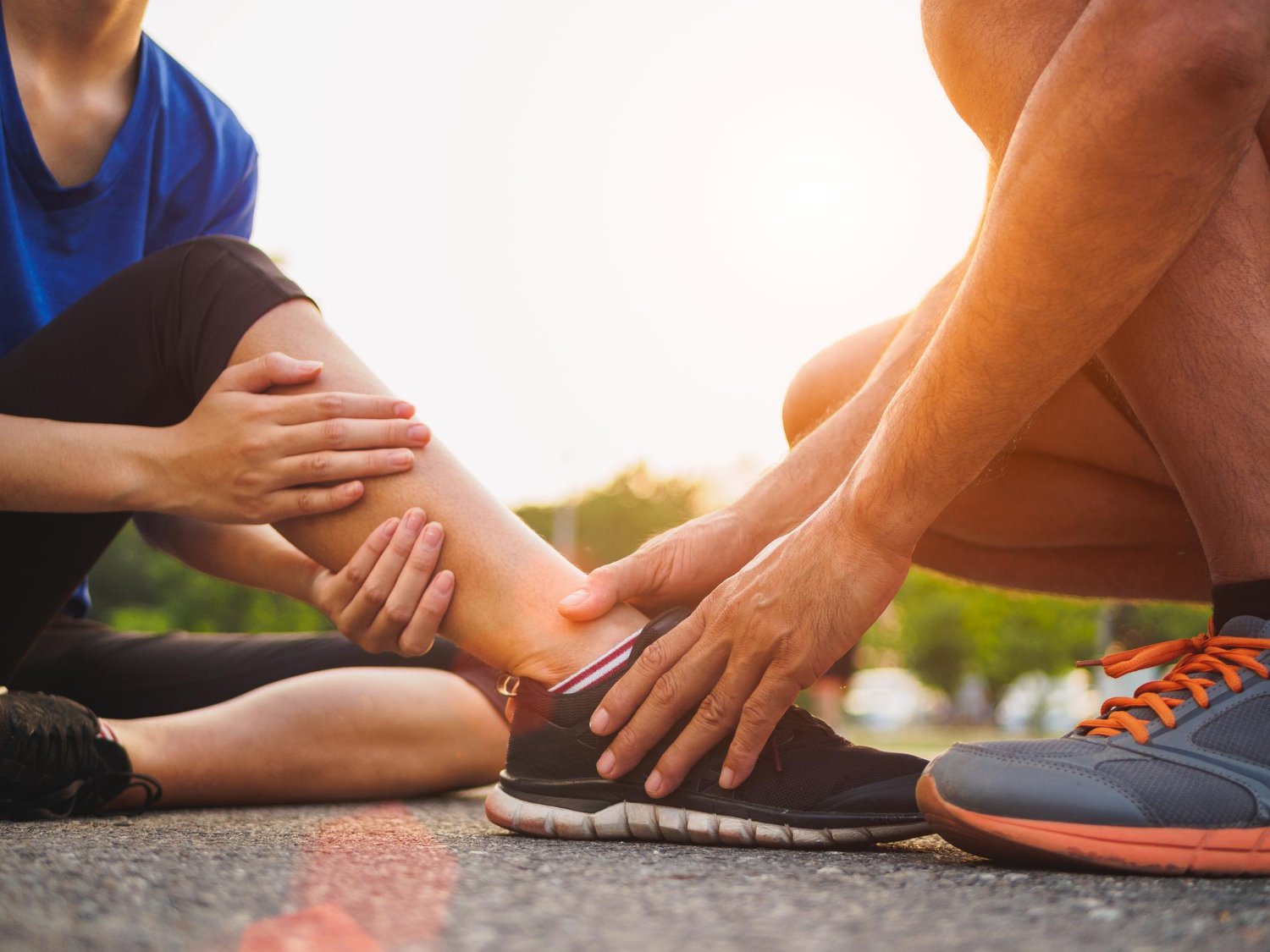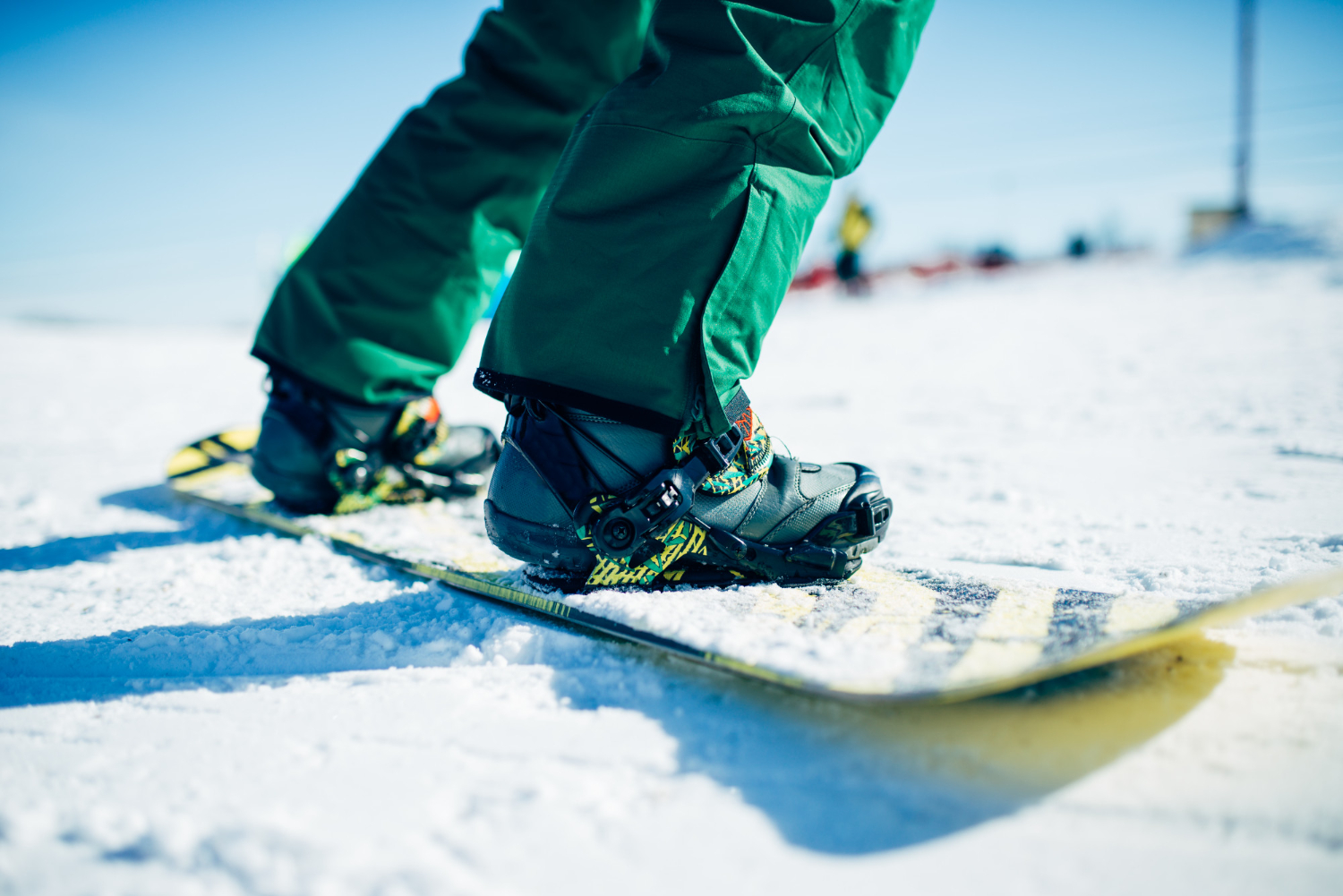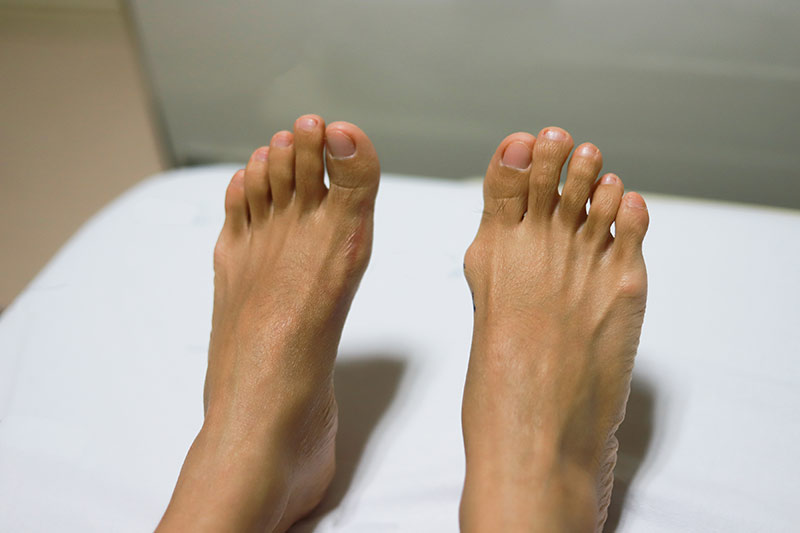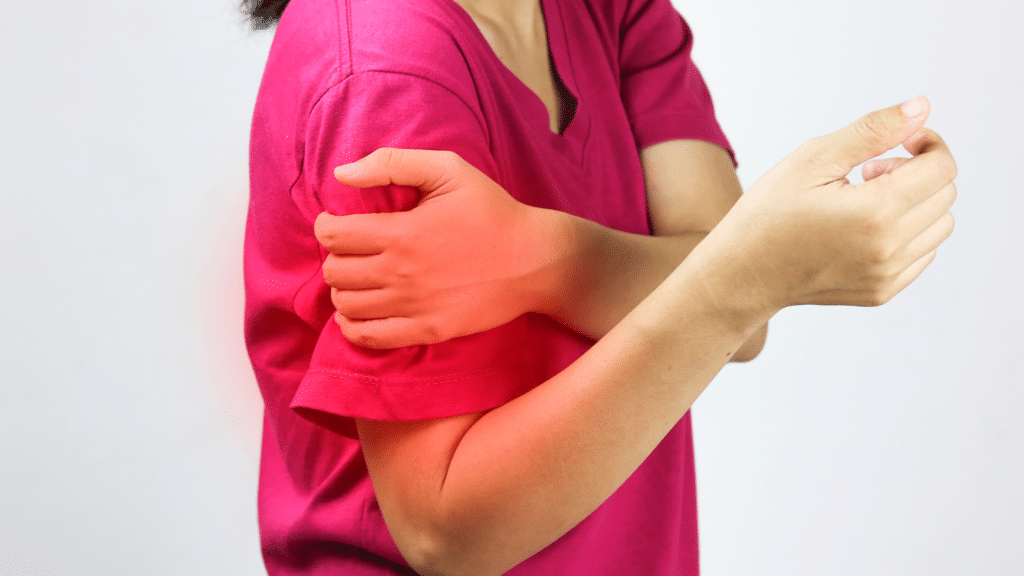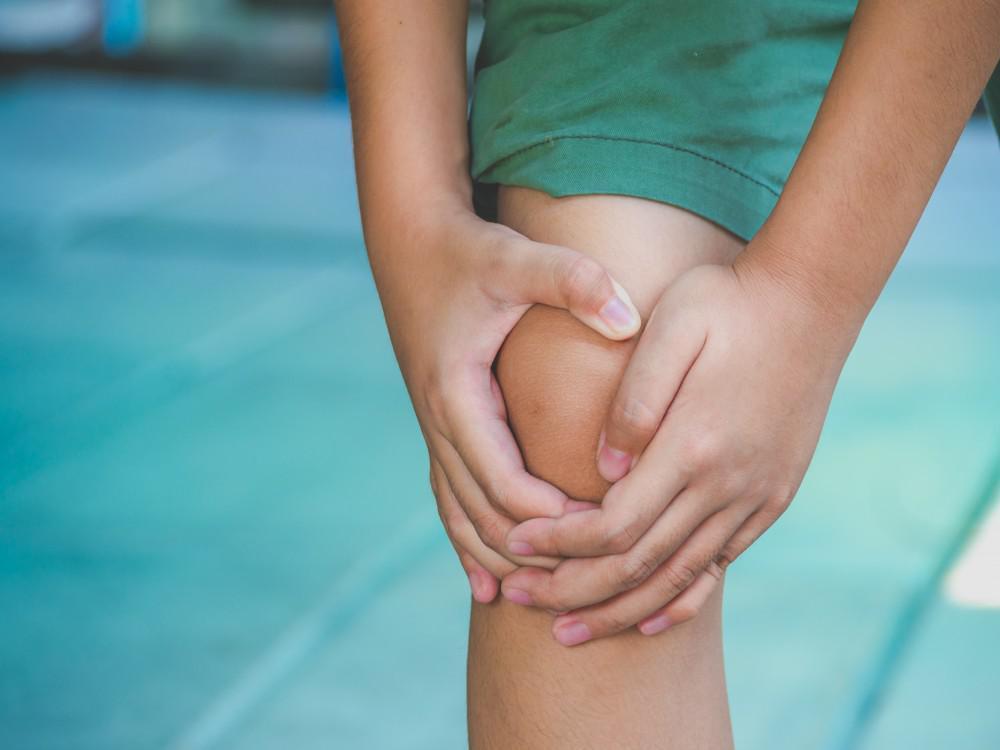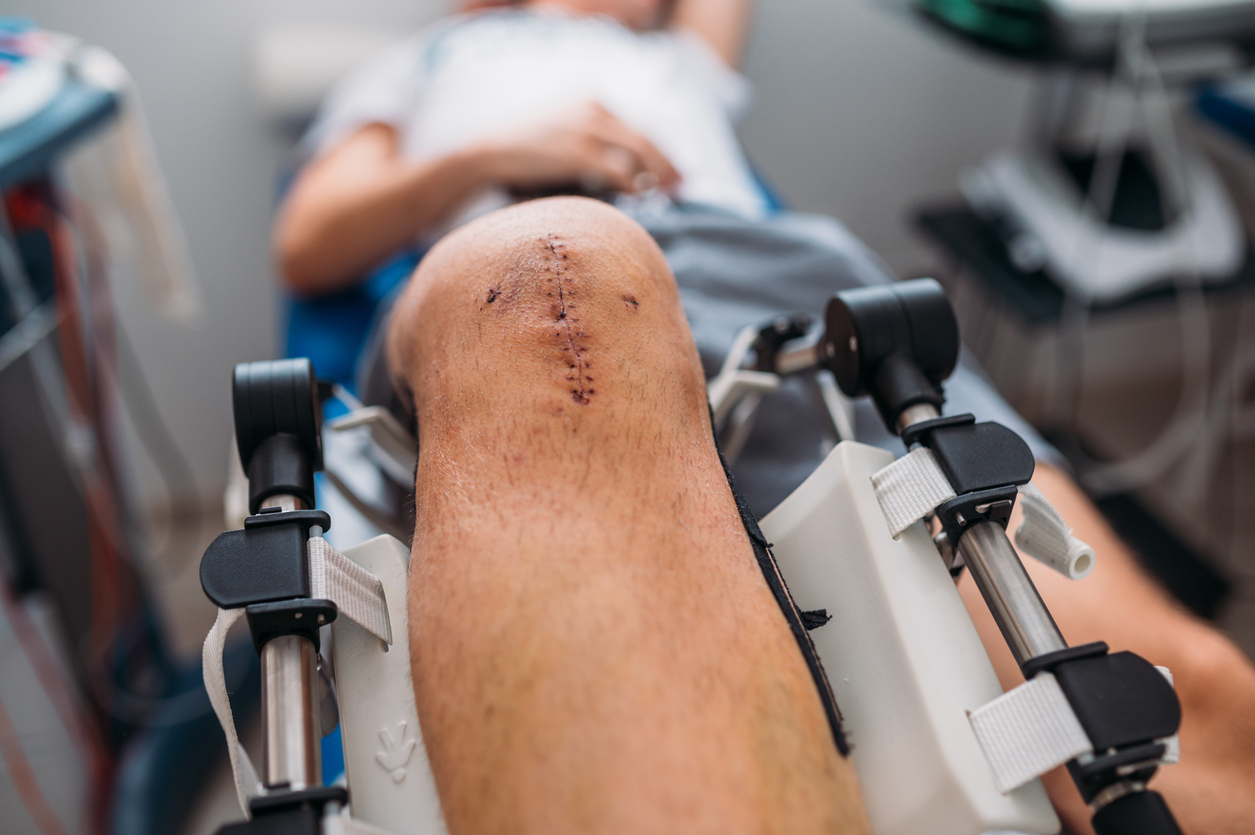As we age, staying active becomes more important than ever. But for many people over 50, joint pain or stiffness can start to slow them down. The good news is that you don’t have to let your joints hold you back. With the right exercises and habits, you can maintain mobility, reduce the risk of injury, and stay fit well into your golden years.
Here’s how to keep those joints happy and healthy as you enjoy an active lifestyle.
Why Joint Health Matters After 50
When you’re over 50, your joints have probably put in decades of hard work. Over time, natural wear and tear can cause cartilage—the cushion between your bones—to break down, which can lead to stiffness, pain, and conditions like osteoarthritis. While it might seem tempting to rest and avoid movement when your joints feel sore, staying active is one of the best things you can do to keep your joints flexible and strong.
Regular physical activity keeps the muscles around your joints strong, helps lubricate the joints, and improves your overall balance and coordination, which can prevent falls and injuries. So, the key isn’t to stop moving but to move smartly.
Low-Impact Exercises for Joint Health
One of the main things to focus on after 50 is choosing the right types of exercise. You don’t have to run marathons or lift heavy weights to stay in shape. In fact, low-impact exercises are your best bet for keeping your joints healthy without putting unnecessary stress on them.
Here are some great low-impact exercises to incorporate into your routine:
1. Swimming or Water Aerobics
Water exercises are a fantastic way to stay active while protecting your joints. The buoyancy of the water supports your body, reducing the strain on your hips, knees, and ankles. Plus, swimming is a full-body workout that helps strengthen muscles and improves cardiovascular health. Try joining a water aerobics class or simply doing some laps at your local pool.
2. Walking
Walking is one of the simplest and most effective forms of exercise for people over 50. It’s easy on the joints and can be done almost anywhere. Regular walking helps strengthen your legs, improves balance, and boosts your mood. Aim for a 30-minute walk most days of the week, and be sure to wear comfortable, supportive shoes.
3. Cycling
Cycling, whether on a stationary bike or a road bike, is another low-impact exercise that helps keep your joints moving without putting too much pressure on them. It’s especially good for strengthening the muscles around your knees and hips, which can help prevent joint pain. Start slow and build up your time and intensity gradually.
Strengthening Exercises to Support Your Joints
In addition to cardio, it’s crucial to include some strength training in your routine. Strengthening the muscles around your joints helps reduce the load on the joints themselves, which can alleviate pain and prevent injury. You don’t need heavy weights—bodyweight exercises or light resistance bands can work wonders.
Here are a few key strengthening exercises to try:
1. Chair Squats
Squats help strengthen your leg muscles, which support your knees and hips. To do a chair squat, stand in front of a sturdy chair with your feet shoulder-width apart. Slowly lower yourself as if you’re going to sit down, but stop just before you touch the chair, then stand back up. Start with 10 repetitions and work your way up to more.
2. Wall Push-Ups
Push-ups don’t just strengthen your arms—they also engage your shoulders and core, which can help improve your overall balance. If regular push-ups feel too difficult, try doing them against a wall. Stand a few feet from the wall, place your hands on it at shoulder height, and slowly push yourself in and out.
3. Leg Lifts
Leg lifts strengthen the muscles around your hips, which is important for maintaining stability and preventing falls. Lie on your side with your legs straight, and slowly raise your top leg a few inches, then lower it back down. Do 10–15 repetitions on each side.
Stretching for Flexibility and Joint Health
In addition to strengthening exercises, flexibility exercises are crucial for joint health. Regular stretching helps maintain the range of motion in your joints, reduces stiffness, and improves circulation to the muscles and tissues around your joints.
Here are a few simple stretches to keep your joints flexible:
1. Hamstring Stretch
Tight hamstrings can put extra pressure on your knees and lower back. To stretch your hamstrings, sit on the floor with one leg extended straight and the other bent, with the sole of your foot resting against your inner thigh. Slowly reach toward your toes, keeping your back straight. Hold for 20–30 seconds, then switch legs.
2. Shoulder Stretch
Your shoulders can get stiff, especially if you spend a lot of time sitting or working at a computer. To stretch your shoulders, extend one arm straight across your chest and use your other arm to gently pull it closer. Hold for 20–30 seconds, then switch arms.
3. Ankle Circles
To keep your ankles flexible and prevent stiffness, sit in a chair and lift one foot slightly off the ground. Slowly rotate your ankle in a circle 10 times in one direction, then 10 times in the other. Repeat with the other ankle.
Listen to Your Body
It’s important to pay attention to your body as you exercise. If you feel sharp pain in a joint, stop and rest. Some discomfort is normal when you’re working out, but pain is a sign that something’s not right. Overuse injuries, like tendinitis, can happen if you push too hard, so it’s better to start slow and gradually increase the intensity of your workouts.
If you’re unsure where to start or have pre-existing joint issues, consult with an orthopaedic specialist. They can help create a fitness plan that suits your needs and keeps you moving safely.
The Bottom Line
Staying fit after 50 doesn’t mean you have to give up your favourite activities or suffer through joint pain. By choosing low-impact exercises, strengthening the muscles around your joints, and stretching regularly, you can maintain your mobility and independence for years to come.
Remember, the goal is to stay active in a way that works for your body. So, lace up those walking shoes, grab a friend, and start moving! Your joints will thank you.

